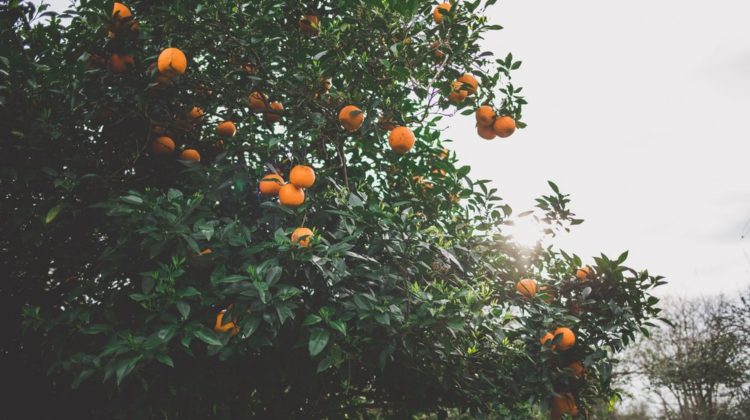
This week in AI & Machine Learning: Autonomous Fruit picking robots, AI processing breakthrough, finding optimal ML Models, robot paintings, and more!
Sixgill Tip of the Week:
Looking to get started in computer vision? Join our free hands-on workshop this week on February 24th at 5:30pm PST. We’ll cover industry computer vision applications, building your own datasets, and how to train models for object detection. Reserve your spot here.
The AI field is growing fast! Here are some of the most interesting or thought provoking AI stories and applications that made the news this week.
Hiring enough workers to pick fruit is always hard, but it has been especially difficult during the COVID-19 pandemic. Learn how Tevel Aerobotics Technologies is solving the worker shortage and reducing food waste with its flying autonomous fruit picking robots!
At this year’s Super Bowl, Mountain Dew presented a challenge: count the number of Mountain Dew bottles in its 30-second Super Bowl commercial. Could computer vision be used to help accurately count the bottles even with complicated scene transitions? This fun project highlights the steps for a successful machine learning project and demonstrates how quickly you can from idea to results in the Sense Platform.
There have been a lot of awesome AI generated art pieces, and even robots that paint them, but what makes the Ai-da exhibit a bit more fun is having the humanoid robot artist exhibit her work “in person”.
Samsung announces it has developed “the industry’s first High Bandwidth Memory (HBM) integrated with artificial intelligence (AI) processing power”. Having more powerful AI processing chips from Samsung and other chip manufacturers will greatly affect where AI can be applied in the future! To learn more about the AI microprocessor field, check out the conversation with Jim Keller in the podcast section!
The 2021 Habitat Challenge launched by Facebook AI and Georgia Tech challenges AI researchers to train machines to navigate real-world environments. Navigating real-world environments has been a long running problem in the AI and robotics community. It’s always neat to see more challenges aiming to improve navigation in complex environments.
